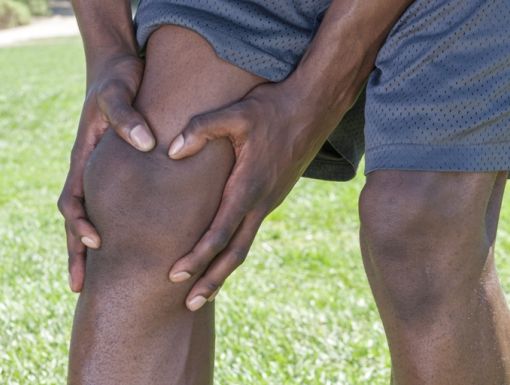
Do You Suffer from a Golf-Related Injury?
People don’t think of golf as being a high intensity sport, so they often don’t realize that playing golf can cause a variety of injuries.
In reality, the biomechanical forces and torques in a golf swing can be quite large, and golf is a sport that can be the source of smaller, repetitive injuries as well as some traumatic injuries.
Need treatment for a sports injury?
Ochsner Sports Medicine Institute treats more than 30,000 athletes each year with game-changing innovations. Find a doctor and schedule an appointment online.
Here are some of the most common golf-related injuries we see:
-
Golfer’s elbow (medial epicondylitis), which is more common in the trailing arm of the golf swing, is the damage to the tendons responsible for bending or flexing the wrist. The tendons are located on the inside of the elbow.
-
Tennis elbow (lateral epicondylitis), which is also more common in the leading arm of the golf swing, is the damage to the tendons responsible for straightening or extending the wrist. The tendons are located on the outside of the elbow.
-
Hip strains, and the more serious hip labral tear, can also be frequently seen in golfers. Hip arthroscopy is a relatively new surgical technique that can be effectively employed to treat a variety of hip conditions. This type of procedure has the best results in patients and golfers without any arthritis in the hip.
-
Femoroacetabular Impingement (FAI) is a condition resulting from abnormal pressure and friction between the ball and socket of the hip joint, resulting in pain and progressive hip dysfunction. When left untreated, this painful condition leads to the development of damage and secondary osteoarthritis of the hip.
-
Lower back pain is also seen in golfers. This can be due to poor technique, inflexibility and/or weak core strength.
Basic core strengthening exercises and a dedicated stretching regimen can help significantly with minimizing injury to golfers’ lower back and hips, helping to keep them in swing on the course!


